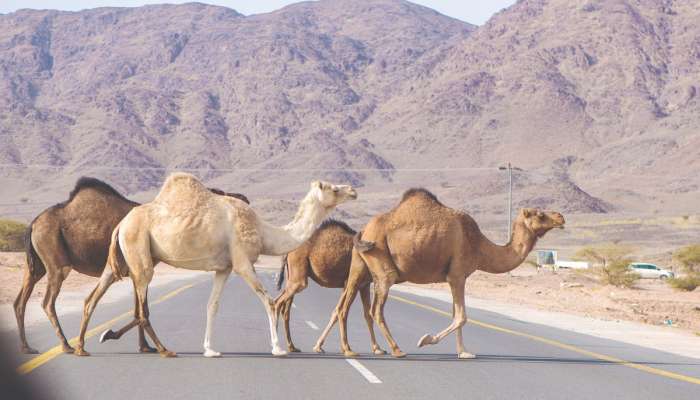
Not many people would remember that Hamriya was the city centre of the 1970s and even the early 1980s. All the latest gadgets and fashion shops were lined up on its dusty roads and its endless narrow alleyways.
But the new generation has never heard of Hamriya. The little town now seems so small that it is unthinkable it was once the heartbeat of the commercial world of Muscat. With the rapid expansion of Muscat supported by the extensive road networks, Hamriya is now almost isolated and completely forgotten.
I visited Hamriya last week after more than 20 years. The roads are still packed and the shops still well stocked up but the trendiness of the place is lost. It looks now like a loose limb of the muscular body of the city of Muscat.
Photo - Saleh Al-Shaibany
While Hamriya is no longer the focus of the city, but the little town still retains its frugal charms. It has lost none of its commercial power, though now in a much smaller scale. You can also still find shopping bargains in almost anything you want to buy. The shopkeepers still hold their heads high as they stand on the doorways to welcome customers.
Hamriya is the only place in Muscat that is still hanging on its old magic. It retains the tapestry of its old houses with wooden balconies that look down to the narrow streets. Residents who live there do not need a car to go shopping. They walk everywhere since the little town is self-contained. It may be forgotten for its contribution of the past but the town is still important in the history of the city of Muscat.
I am surprised that none of the tourism companies promote it as the ‘original’ town in Muscat that has endured the icy cold fingers of modernisation. The old buildings still shine with white paints under the sun and its streets well lit up in the night. There is so much history in every corner and nook you turn. Old traders would tell you that Hamriya in the 1920s was the market of ‘exotic’ merchandise not found anyway in the gulf countries.
Those days, they say, you could buy elephant tusks and rhino’s horns that were shipped from East Africa. Leathers from animals like deer and even buffalo ended in the Hamriya market which now has been replaced by the commercial street. There was a spices and gold market right behind it. Most of it came from India.
With that rich trading history, it is a pity that the new generation is very oblivion to it. No one mentions Hamriya in the history books and tourists are never directed there. It is almost forgotten but for the expatriates who are living there and still support Hamriya’s old ways.
About ten years ago, the authorities were planning to modernise the little town and turn it into a commercial centre by bulldozing the one-floor buildings to the ground. But I am glad to say that the plan has been abandoned.
Whatever the future holds for Hamriya, the little town still retains its special place in the history of not only Muscat, but the rest of the country.